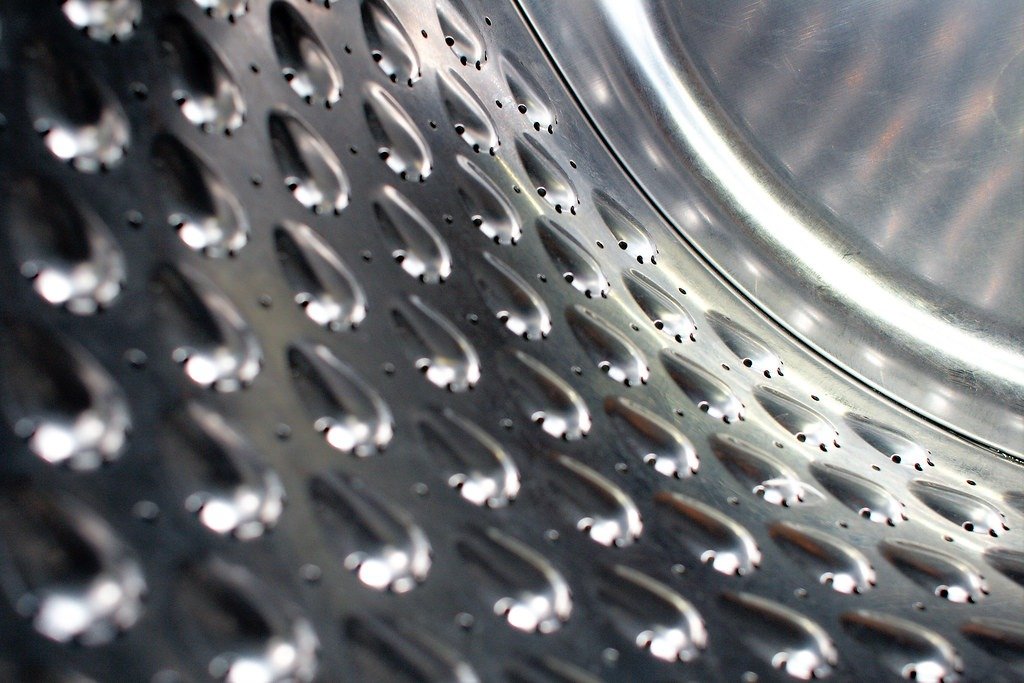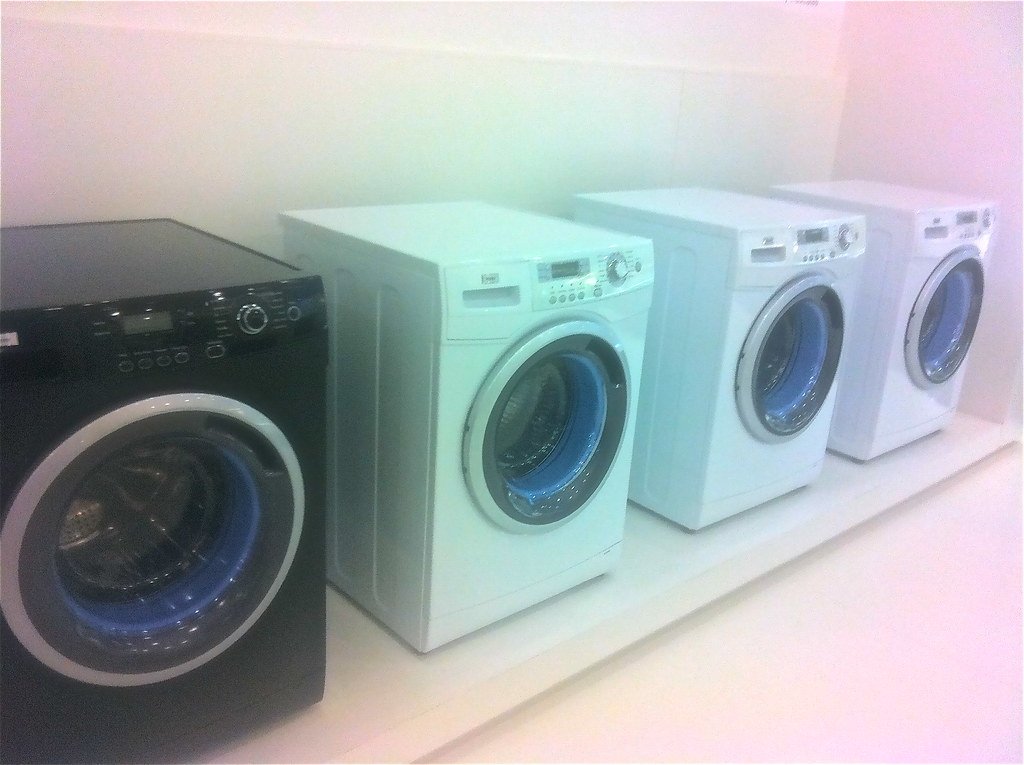
Switching out vacuum bags and filters regularly is essential to prolonging the lifespan of an industrial vacuum, keeping its suction power intact while protecting it from becoming overworked or compromised by debris build-up or overuse.
Vacuum cleaners come equipped with either disposable or reusable bags that should be regularly emptied out for optimal performance.
1. Removing the Filter Bag
When replacing the bag on your vacuum cleaner, start by unplugging and wearing gloves. As this step can produce quite a lot of dust when the bag is removed, it is recommended to do it outdoors or somewhere with good ventilation. Your owner’s manual should provide specific instructions as each model may differ in how a bag must be removed.
At first, most vacuum cleaners used reusable cloth bags which had to be shaken out regularly, though these did provide some level of filtration. Once Electrolux introduced disposable paper bags in 1952, filtration became much more of a priority both among consumers and manufacturers alike.
Paper vacuum bags typically include a timestrip indicator that changes color from green to red when it’s time for replacement, and many modern bags also boast anti-odor technology for added freshness in your environment.
As it can restrict airflow and cause motor failure or shorten its lifespan, regularly replacing vacuum bags is of utmost importance. Filters must also be maintained as dirt accumulation reduces suction significantly – rinse and dry them thoroughly prior to reinstalling in your vacuum for best results.
2. Removing the Filter
Vacuum cleaner filters may go unseen, yet their importance cannot be overstated for efficient operation of a vacuum cleaner. Dirty filters can emit unpleasant odors while reduced suction may leave behind dirt and debris that needs to be vacuumed up – the frequency of cleaning depends on your environment and usage level of your unit.
To effectively clean a vacuum filter, start by unplugging and emptying it into a rubbish bin. Next, use paper towel or toothbrush to brush away loose dust and debris. For optimal results, the filter should then be washed in bucket of water with mild detergent before being thoroughly rinsed under running water before finally being let to dry thoroughly before reinserting back into its frame.
There is a variety of vacuum cleaner filter types, from pleated paper filters and synthetic cartridges, to washable pleated paper filters and cartridges. Some may require cleaning while others might require replacement; to learn more, refer to your user manual for guidance on how best to maintain or replace these components.
Most vacuum cleaners use circular foam filters which can be washed repeatedly to extend their lifespan. A HEPA filter, on the other hand, consists of tightly woven materials which should never be washed as this may damage its fibers and reduce effectiveness.
3. Installing the New Filter
Unless it was previously used to pick up, your vacuum may no longer be picking up effectively, suggesting it needs its filter cleaned or replaced before returning to normal performance. Either way, once cleaned or replaced it should function as expected again.
Users have their choice of vacuum filters available to them, including disposable bags, cartridge filters, washable foam and HEPA based HEPA filters. When installing new filters it’s recommended you refer to your owner’s manual for instructions; alternatively our yellow bar provides easy-to-follow instructions and cross-reference information by brand – simply click on any link for easy reference to find your specific manufacturer!
When installing a new filter, it’s vitally important that the clear latch that secures its motor filter chamber is locked firmly into place and secure – this helps prevent accidental dislodging during cleaning sessions, leaving your home exposed to dust, dirt, germs, allergens and other particles.
Paper filters are relatively affordable and easily washable – simply remove from their compartment and rinse in warm water until clean. However, users must read their owner’s manual carefully for instructions and warnings when washing non-washable filters as some are made from tightly woven materials that could become damaged from water exposure and become less effective at blocking allergens.
4. Reinstalling the Filter
When the time comes to change the filter on your bagged vacuum cleaner, simply press on a gray release button located near its carry handle to release dust bin from motor filter compartment and expose blue washable filter easily removed with tug-and-pull thread allowing you to wash it down in your sink before reinserting back in place.
Filters like SEBO Felix motor filters are designed to trap loose dust before it enters your vacuum motor and cause malfunction. As such, replacing one every 10-20 bags will keep suction power high while air flow remains unchanged.
Filters that use HEPA technology are usually circular in shape and should be regularly cleaned with soap and water to maintain their efficiency and prevent the release of foul odors into the atmosphere and diminish cleaning performance. Filter wear may release foul smells into the environment and decrease overall cleaning quality, so keeping these filters clean is paramount.
Change vacuum filters regularly is a simple yet essential way to keep your vac running at its best, from daily chores like picking up dropped leaves or dust to replacing the filter once every few months or years. From brand new replacement filters to refreshing existing ones, there’s sure to be one available that meets your needs – for an efficient performer like yourself we recommend the Dirt Devil F45 Filter Kit as an economical and effective option.


